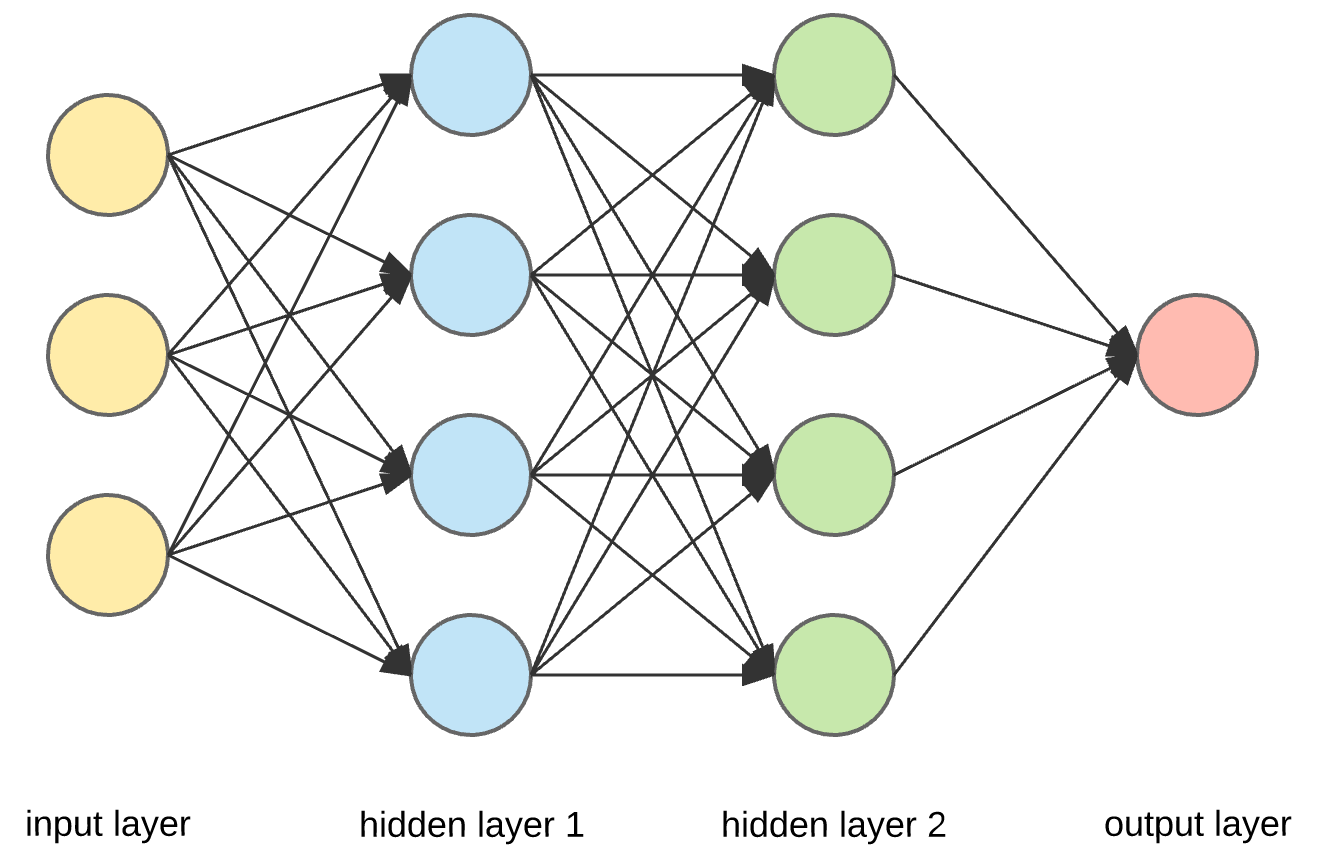Essential Tools and Libraries for Machine Learning
Introduction: Why Python is Popular for Machine Learning
Additionally, Python is backed by many libraries and frameworks specifically designed for machine learning. These libraries handle many complex tasks, such as data preprocessing, model building, and evaluation, allowing you to focus on solving problems rather than reinventing the wheel.
Key Reasons Why Python is Popular for ML:
- Simple and Readable Syntax: Python is designed to be easy to understand, even for people without a strong programming background.
- Large Community Support: Python has a huge community of developers and enthusiasts, which ensures plenty of tutorials, documentation, and help.
- Wide Range of Libraries: Libraries like Scikit-Learn, TensorFlow, and PyTorch provide pre-built models and functions for ML, making it easier to implement complex algorithms.
- Cross-platform Compatibility: Python can be used on various platforms, including Windows, macOS, and Linux.
How Machine Learning Libraries Work:
Machine learning libraries in Python work by providing a suite of tools and pre-built algorithms that help you manage large datasets, preprocess information, and apply machine learning models. These libraries save developers from writing ML algorithms from scratch by offering optimized, ready-to-use functions for different ML tasks.
Example of How Libraries Work:
- Data Handling: Libraries like Pandas help in importing, cleaning, and manipulating data.
- Algorithms: Libraries like Scikit-Learn offer algorithms such as linear regression, decision trees, and clustering without needing to manually code them.
- Model Training and Evaluation: Libraries like TensorFlow or PyTorch allow users to build, train, and evaluate deep learning models efficiently using high-level abstractions and GPU support.
Popular Machine Learning Libraries
- What It Does: Scikit-Learn is one of the most popular libraries for basic machine learning tasks, such as classification, regression, clustering, and dimensionality reduction.
- How It Works: It provides simple APIs to implement various ML algorithms with just a few lines of code. It’s often used for tasks like linear regression, decision trees, and k-means clustering.
- What It Does: Scikit-Learn is one of the most popular libraries for basic machine learning tasks, such as classification, regression, clustering, and dimensionality reduction.
- How It Works: It provides simple APIs to implement various ML algorithms with just a few lines of code. It’s often used for tasks like linear regression, decision trees, and k-means clustering.
- Why It’s Useful: Scikit-Learn is ideal for beginners due to its simplicity and extensive documentation.
linear regression
decision trees
k-means clustering
2. TensorFlow:
- What It Does: TensorFlow, developed by Google, is a powerful library for building deep learning models. It’s widely used in production environments and supports large-scale computations.
- How It Works: TensorFlow allows you to create neural networks using high-level APIs like Keras. It can handle large datasets and run on GPUs, which makes it perfect for training deep learning models quickly.
- Why It’s Useful: TensorFlow’s flexibility and scalability make it suitable for both research and production-level ML tasks.
3.PyTorch:
- What It Does: PyTorch, developed by Facebook, is another deep learning library that’s known for being more flexible and intuitive than TensorFlow. It is often preferred by researchers.
- How It Works: PyTorch uses dynamic computation graphs, allowing for more control over the process of building and training models. It's particularly useful for experimentation and building complex models.
- Why It’s Useful: PyTorch’s ease of use and transparency make it an excellent choice for those who want to experiment with custom neural networks and cutting-edge ML research.
Setting Up These Tools
Setting up Python and these libraries is relatively simple. Here's a quick guide:
A.______- Install Python: Download and install Python from the official Python website.
- Install Libraries:
Use Python’s package manager,
pip, to install the necessary libraries. For example:
- pip install scikit-learn
- pip install tensorflow torch
- pip install tensorflow torch
- Set Up an IDE: You can use an Integrated Development Environment (IDE) like Jupyter Notebook or VSCode to write and run your machine learning code. Jupyter Notebook is especially useful for testing small code snippets interactively.
Conclusion
Python’s popularity in machine learning stems from its simplicity, robust community support, and access to powerful libraries like Scikit-Learn, TensorFlow, and PyTorch. These libraries provide all the essential tools to help you start building machine learning models, whether you are working on basic algorithms like linear regression or more complex tasks like training neural networks.
By leveraging these tools, you can focus more on solving problems and applying machine learning to real-world projects rather than worrying about the complexities of coding algorithms from scratch. Getting familiar with these libraries will set the foundation for deeper explorations in AI and ML, helping you build more advanced systems in the future.











Comments
Post a Comment